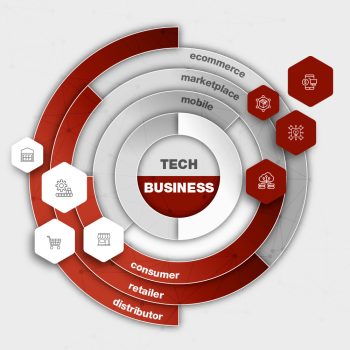
Innovation Management Model
A MODEL FOR
MANAGING INNOVATION
How can businesses effectively manage innovation?
Having helped countless companies across the globe find and implement solutions for getting innovative ideas out the door, we keep finding ourselves arriving at very similar conclusions and frameworks addressing a recurrent set of pain points. This report presents a tried-and-tested model for managing innovation and shares practical insights that anyone involved in the innovation process can start applying.
The drive to innovate is top of mind for companies across virtually all industries. While organizations may have lots of creative energy floating around waiting to be channeled, business leaders are constantly seeking to find reliable, results-driven models to manage innovation effectively – taking raw ideas and transforming them into impactful products & services.
THE CHALLENGE AT HAND
CMOs, CPOs, marketeers and strategists often find themselves in uncharted terrain when dealing with product and service innovation. This is due to a number of challenges: Consumers are increasingly ruling the narrative, product/service creation and sharing are becoming more and more democratized, startups are pulverizing competition and calls for ESG and social advocacy are getting more vocal – just to name a few.
At the same time, they have to deal with significant overlap with more conventional ways of doing business. This requires business leaders to account for traditional needs and real-life problems such as:
- organizing and aligning massive internal structures and external ecosystems,
- managing many stakeholders, activities and interdependencies and
- dealing with pressure from margins, cash generation, lifetimes and portfolio sizes.
This combination of novel challenges and conventional business demands leaves executives in an uncomfortable juggling act with diverse sources of pressure – from delivering results and balancing time-to-market to strengthening their brand image and innovating beyond the core business.
A MODEL SOLUTION
Effective innovation rests on a balance of raw creative energy that sprouts future products/services and commercial prowess involving the skills and capabilities needed to ultimately reach target consumers. Integration’s Innovation Management Model comprises four elements that orient businesses in establishing a link between these two core elements.
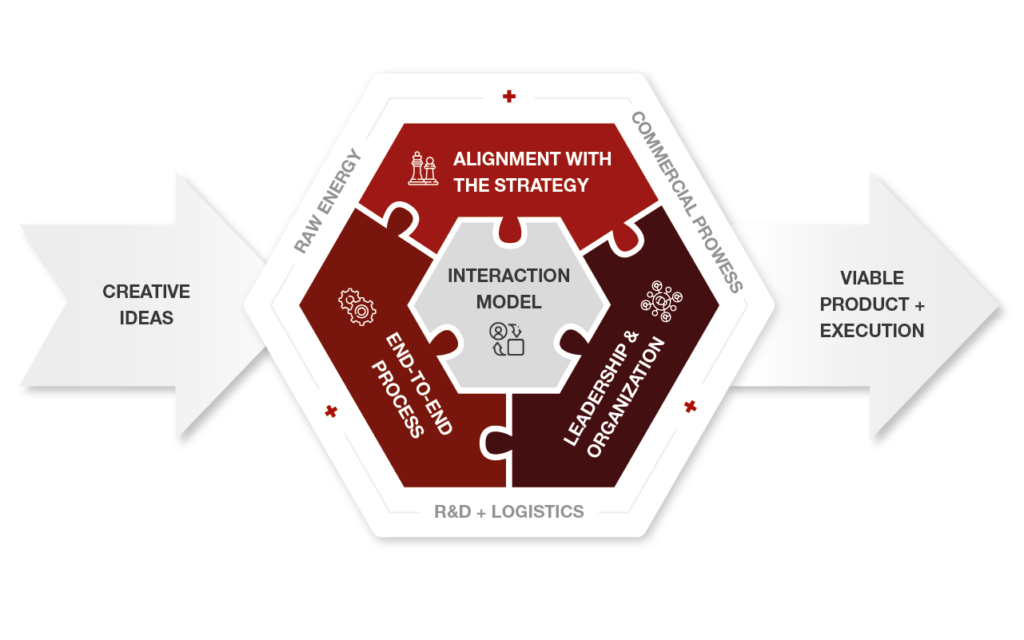

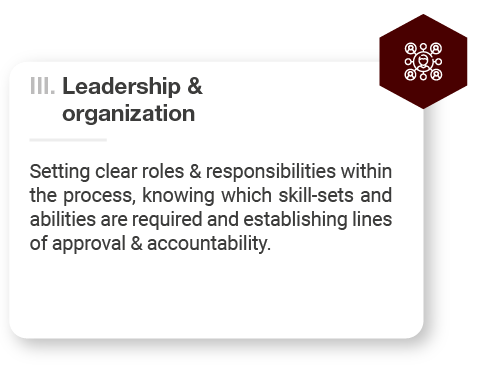
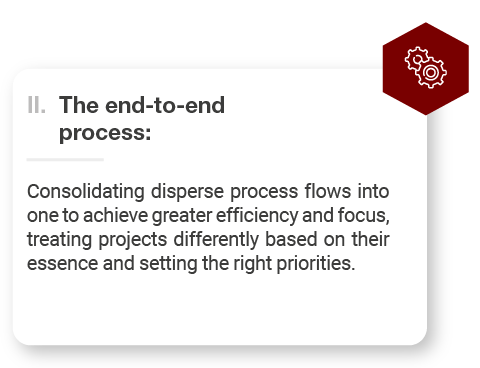
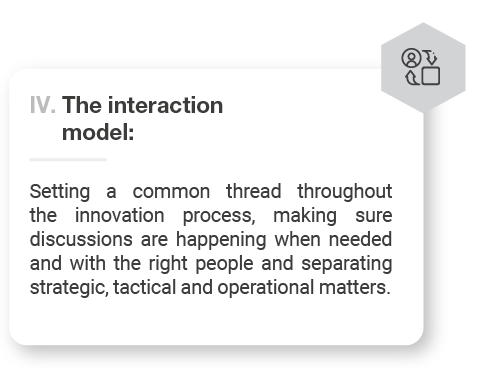
THE BENEFITS
We should also be clear on what the innovation management model presented in this report does not address: boosting creativity, grasping the necessities of your customers or learning to be incremental versus disruptive when innovating.
While these may also be burning issues for many companies, the model we present here is specifically concerned with how to develop and take new products and services to market. It’s meant to serve as a toolkit of steps for managing innovation – from initial ideas through to final product launch.
Experience shows that the benefits of having these elements in place are indisputable. Applying an effective innovation management model has proven to:
Setting up for deployment
Depending on the nature of the business and the context in which it operates, each company will need to approach innovation in a way that most effectively responds to its own reality. Regardless of your specific situation, the innovation management model presented here includes the basic and most essential pillars required to successfully innovate in today’s business environment.
TALK TO US
- On 7 December 2023







